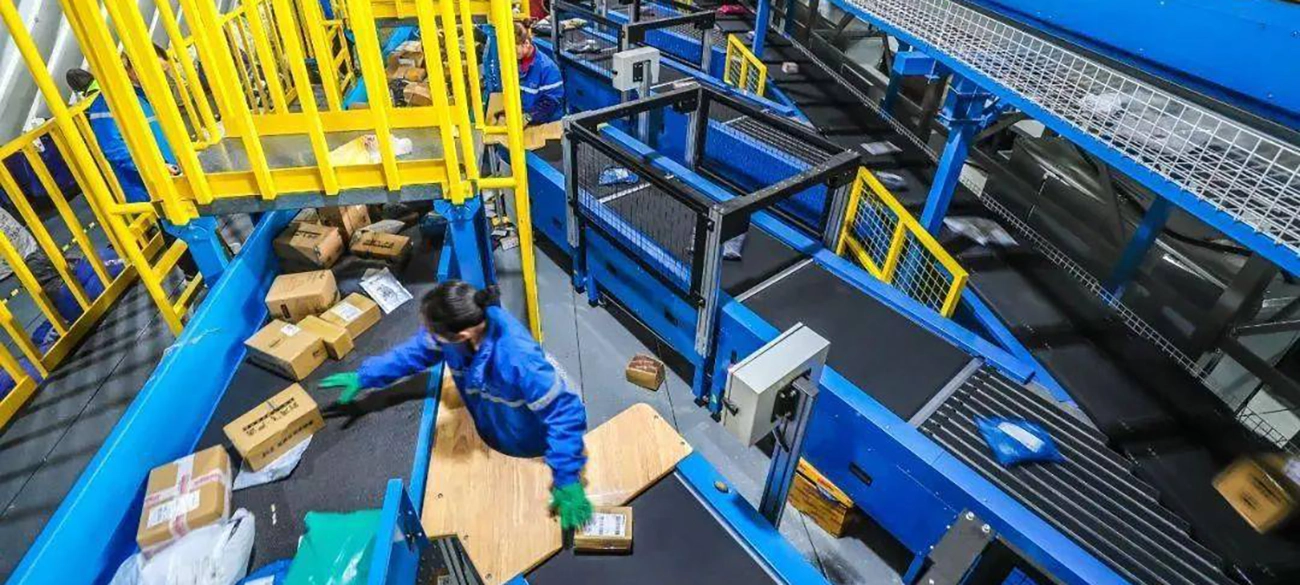Code readers, such as barcode scanners or QR code readers, have numerous applications in various fields, including:
Retail:
In retail environments, code readers are used for scanning product barcodes during checkout. This speeds up the process, reduces errors, and allows for better inventory management.

Inventory Management:
Businesses use code readers to track inventory levels, monitor stock movements, and automate replenishment processes. Barcodes or RFID tags are often attached to items, and code readers are used to scan these codes for tracking purposes
Asset Tracking:
Many industries utilize code readers for tracking assets such as equipment, tools, or vehicles. Barcodes or RFID tags are attached to assets, and code readers are used to scan these codes at various checkpoints to monitor their movements and locations.
Logistics and Shipping:
Code readers play a critical role in logistics and shipping operations. They are used to scan package labels, track shipments, verify delivery addresses, and update shipment status in real-time.

Manufacturing:
In manufacturing facilities, code readers are used for quality control, traceability, and process optimization. Barcodes or QR codes are often used to label products, components, or work-in-progress items, and code readers are used to scan these codes at different stages of production.
Healthcare:
In healthcare settings, code readers are used for patient identification, medication management, and inventory tracking. Barcodes are often printed on patient wristbands, medication labels, or medical supplies, and code readers are used to scan these codes to ensure accurate documentation and administration.
Ticketing and Access Control:
Code readers are commonly used in ticketing systems for events, transportation, or attractions. They are also used for access control in buildings, parking lots, or gated communities. QR codes or RFID tags are often used on tickets or access cards, and code readers are used to scan these codes to grant entry.

Mobile Applications:
Code readers are integrated into many mobile applications for various purposes, such as scanning coupons, accessing digital content, or connecting to Wi-Fi networks.
These are just a few examples of the diverse applications of code readers across different industries and sectors. They provide efficiency, accuracy, and automation in various processes, contributing to improved productivity and customer satisfaction.
Board lenses are a crucial part of the optical system in imaging devices. They help capture clear images by focusing light onto the imaging sensor. In code readers, the clarity and quality of the image captured by the imaging system, which includes the board lens, are essential for accurate code reading.
Board lenses ensure that the images captured by the imaging system are sharp and properly focused. This is important for code readers because they rely on clear images of barcodes or QR codes to accurately decode the information.
The choice of board lens affects the field of view (FOV) of the imaging system. A wider FOV allows code readers to capture larger codes or multiple codes simultaneously, increasing efficiency in applications like inventory management or retail checkout.

